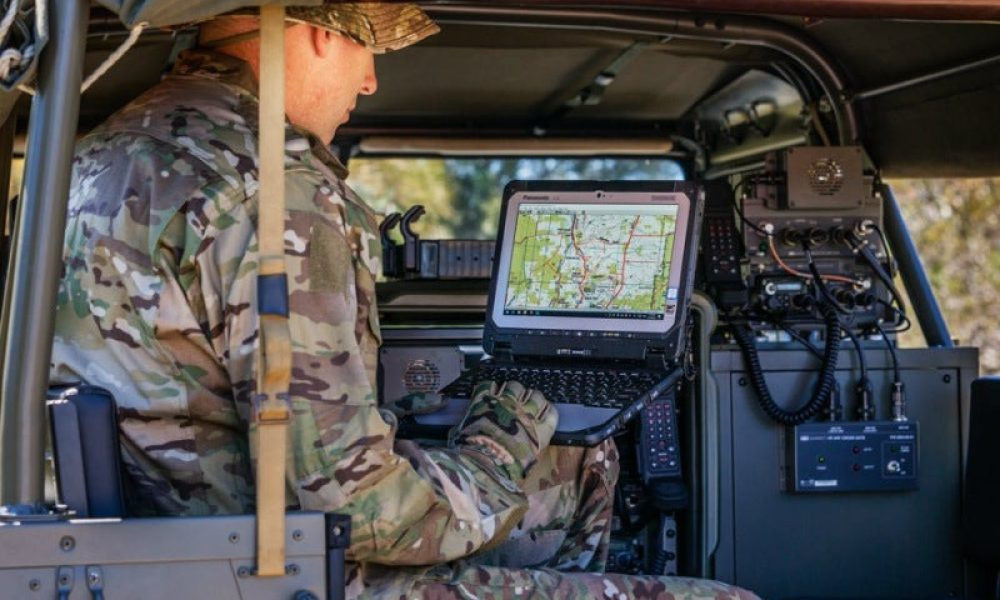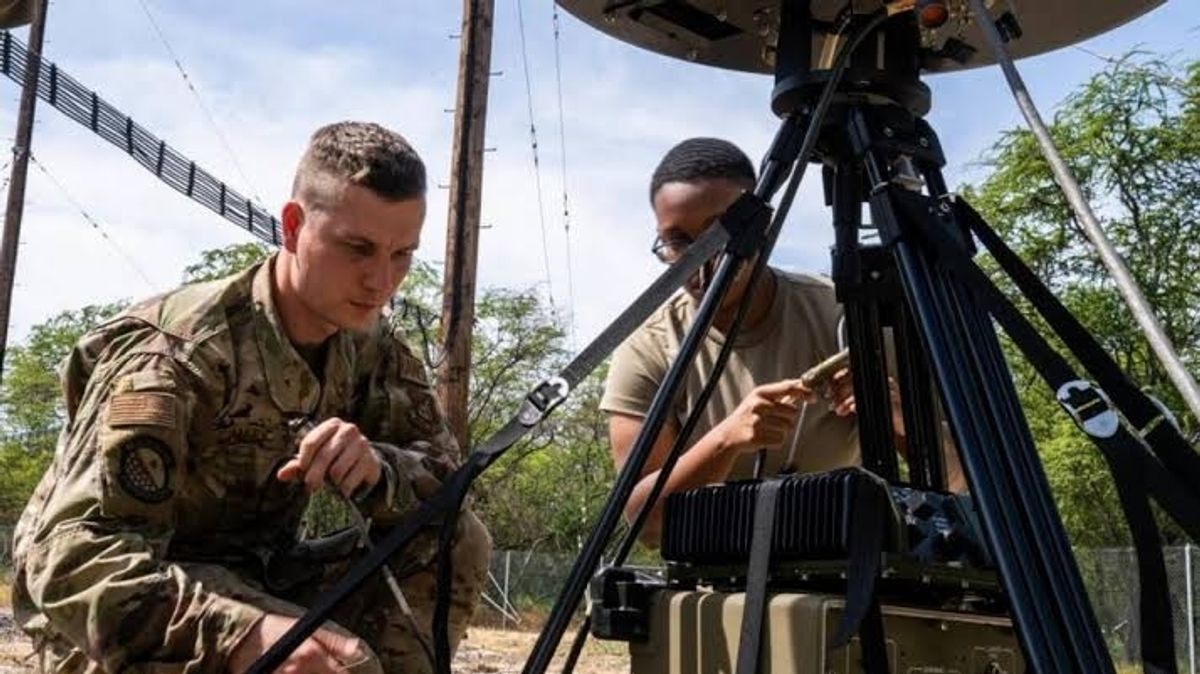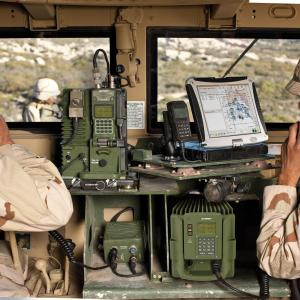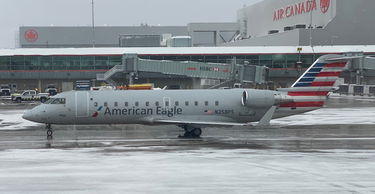The Global Military Communication Market Is Set for Significant Growth
The military communication market is expected to witness robust growth in the coming years, driven by various factors, including increasing cybersecurity concerns, rapid technological innovations, and substantial budget allocations. According to a comprehensive market research report by The Business Research Company, the global military communication market size is projected to reach $48.11 billion by 2028, exhibiting a compound annual growth rate (CAGR) of 5.8%.
Key Drivers of Market Growth
Several key drivers are propelling the growth of the military communication market. These include:
- Increased Cybersecurity Concerns: The increasing threat of cyberattacks on military networks and infrastructure is a significant driver of market growth. The demand for secure and reliable communication systems that can withstand cyber threats is driving investments in the military communication market.
- Satellite Communication Advancements: Advancements in satellite communication technology, such as the introduction of high-throughput satellites and the development of resilient and secure satellite networks, are enhancing military communication capabilities. This, in turn, is driving market growth.
- Rapid Technological Innovations: Rapid technological innovations, such as the development of software-defined radio (SDR) and the adoption of artificial intelligence (AI) in military communication systems, are leading to significant advancements in communication capabilities, further fueling market growth.
- Budget Allocations: Governments worldwide are allocating significant budgets for military modernization, including investments in communication systems. This increased spending is a key driver of market growth.
Emerging Trends Shaping the Market
Several emerging trends are shaping the future of the military communication market:
- Increased Use of Unmanned Systems: The increasing use of unmanned aerial vehicles (UAVs) and other unmanned systems in military operations is driving the demand for robust and secure communication systems for these platforms.
- Utilization of Cognitive Radio Technology: Cognitive radio technology enables dynamic spectrum sharing and adaptability, which is essential for modern military operations in complex electromagnetic environments.
- Resilient Communication Infrastructure: The development of resilient communication infrastructure, including redundant networks and robust cybersecurity measures, is crucial for ensuring uninterrupted communication in challenging environments.
- Secure Tactical Data Links: Secure tactical data links are essential for the rapid and reliable exchange of information between military units in the field, enabling improved situational awareness and coordinated operations.
- Focus on Low Probability of Intercept (LPI) Communication: LPI communication technologies are designed to minimize the chances of detection by adversaries, ensuring secure and covert communications. The demand for LPI communication is growing as militaries prioritize stealth and secure operations.
Segmentation of the Military Communication Market
The military communication market is segmented by various factors, including:
By Component
- Military Satcom Systems
- Military Radio Systems
- Military Security Systems
- Communication Management Systems
By Communication Type
- Airborne Communications
- Air-Ground Communications
- Underwater Communications
- Ground Based Communications
- Shipborne Communications
By Application
- Command And Control
- Routine Operations
- Situational Awareness
- Other Applications
By End User
- Land Forces
- Naval Forces
- Air Forces
Major Players in the Military Communication Market
Several major companies are actively involved in the military communication market, including:
- BAE Systems PLC
- Northrop Grumman Corporation
- RTX Corporation
- General Dynamics Corporation
- Aselsan A.Ş
- Thales Group
- Harris Corporation
- Lockheed Martin Corporation
- Elbit Systems Ltd.
- Israel Aerospace Industries
- Leonardo SpA
- Inmarsat
- Visat Inc.
- Iridium Communications Inc.
- Cobham Plc
- Airbus SAS
- Alcatel-Lucent Enterprise
- Collins Aerospace
- L3Harris Technologies Inc.
- ES Microwave LLC
- Sinclair Technologies Inc.
- Antenna Research Associates
- Pilot Communications USA
- Satellink Inc.
- Siemens Corporation
- ComSystems LLC
- Patton Electronics Co.
- ITT Corporation
- CACI International Inc.
- Kratos Defense & Security Solutions Inc.
These companies are actively developing and deploying advanced military communication systems to meet the evolving needs of the defense sector. Their innovations are driving the growth and development of the global military communication market.
The Future of the Military Communication Market
The military communication market is expected to continue its growth trajectory in the coming years. The increasing demand for secure and reliable communication systems, coupled with rapid technological advancements, will drive further innovation and growth in this vital sector. As militaries worldwide prioritize modernization and technological advancements, the military communication market is poised to play a pivotal role in shaping the future of defense operations.
Conclusion: A Vital Component of Modern Warfare
The global military communication market is a dynamic and evolving sector that plays a critical role in modern warfare. As militaries increasingly rely on advanced communication systems for operational effectiveness, the demand for secure, reliable, and resilient communication solutions is expected to continue growing. The ongoing advancements in satellite communication, cybersecurity, and other key technologies will continue to shape the future of this critical market.



















